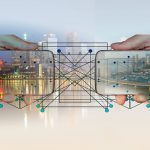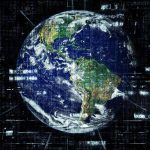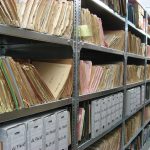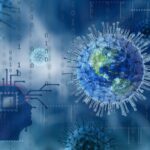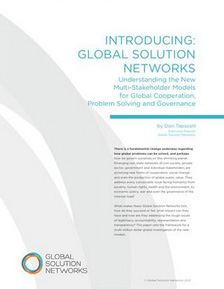Earlier this week the New York Times Bits blog had a post about a new research project at ARM Holdings, the British chip designer. Called mbed, ARM has put together a kit for a microcontroller, which is a basic, low-power computer on a chip. ARM provides a set of software tools for bringing that microcontroller to life and linking it with other interesting items like accelerometers, gyroscopes, cameras, displays and thermometers.
According to the Times, the mbed device can plug straight into a U.S.B. port on a computer, appearing as a flash drive to the PC. People can then create programs or download existing modules from the mbed Web site and get off and running in a matter of minutes.
Simon Ford is the lead researcher on the project. “I was intrigued by the fact that people in the microcontroller industry won’t actually be the people who invent what they’re used for,” Mr. Ford said. “If there is a guy who knows about microcontrollers and a pig farmer who knows about pigs, it will be the pig farmer who will see how to automate feeding his animals so he can sleep more.
“I want to see how you get people to experiment. Maybe a washing machine repair man will figure out how to get the machines to report back to him and revolutionize the machines to get a competitive advantage. The point is that I don’t know what they’ll be used for.”
One big use will be citizens employing these new tools to participate in the advancement of science. While some large-scale collaboration efforts use citizen brainpower to help analyze vast amounts of data, new projects will rely on citizens using gadgets to actually generate the data itself.
An item on today’s ReadWriteWeb describes how computer scientists at the University of California’s School of Engineering have launched an Android app called Visibility, which crowd-sources the task of analyzing and measuring air pollution. Using the phone’s camera, Android users point their phone at the sky and take a photo. The app then taps into the device’s GPS and compass to determine the direction and location of the photo. The visibility levels in the image are then compared with with established models of sky luminance. The end result is a crowd-sourced measure of air quality.
The post concludes that “in a larger context, [Visibiliity] and other apps which tap into the low-cost sensors and components of today’s smartphones help to democratize access to and participation in scientific discovery.” Or as we call it in the book, Science 2.0.

